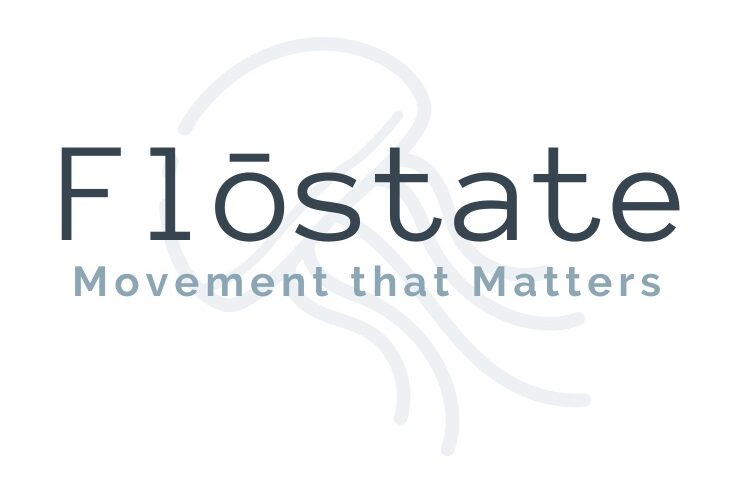Worried about shoulder pain? You are not alone. About 1 in 5 adults over the age of 40 experiences shoulder pain when reaching or performing overhead activities.
Understanding Rotator Cuff Pain
Most shoulder pain stems from a malfunctioning rotator cuff. The rotator cuff is made up of four small muscles in your shoulder, and its primary function is to stabilize the ball and socket of your shoulder joint. The rotator cuff, along with its tendons, (the attachment to the bone) work as a team to depress or pull the head of your bone down when reaching. If this action does not occur, your tendons can get pinched or “impinged” under the part of the shoulder called the acromion. If this occurs on a regular basis, say every time one reaches, the tendons and sometimes the nerves become irritated and inflamed leading to tendonitis. The rotator cuff needs space, movement and blood flow for optimal health.
Who is most at risk for shoulder pain?
Individuals most at risk for tendonitis are those that perform repetitive overhead movements or such as athletes and manual laborers. Poor posture can also affect the rotator cuff in individuals that are sedentary and/or tethered to desks and computers. Remember, I said space, movement and blood flow are necessary for a happy team of muscles. Habitual poor posture and workstation ergonomics “pinch” the tendons with forward rounded shoulders. The anterior (front) muscles of your chest known as the pectoralis muscles shorten and become overly tight. If these muscles are not allowed to relax and lengthen, further damage to the tendons may occur when asked to perform. Weekend warriors, recreational athletes or inconsistent exercise can exacerbate the problem. One cannot sit 8+ hours and then play a tennis game or round of golf and expect good shoulder performance.
What do I do if I am experiencing pain when reaching my arm outward or overhead?
It is important to properly diagnose the type of shoulder pain and have it addressed promptly to avoid chronic tendon weakness, degeneration or tears in the cuff muscles. Physical Therapists are movement experts. They can evaluate, educate, and provide prescribed exercises to get the cuff muscles working as a team again. If you have nagging shoulder pain that is impairing your ability to perform daily routine tasks, schedule an appointment with a Physical Therapist. You do not need a referral to a Physical Therapist in the state of Minnesota.
Thankfully, most rotator cuff tendonitis or shoulder pain is easily resolved with specific exercises that target the faulty mechanism. Although every case is different and an assessment by a physical therapist is preferable, we encourage you to check out this video for an exercise you can do today. Remember if shoulder pain is severe, contact your doctor or a physical therapist.
Learn more and visit us at www.theflostate.com.
